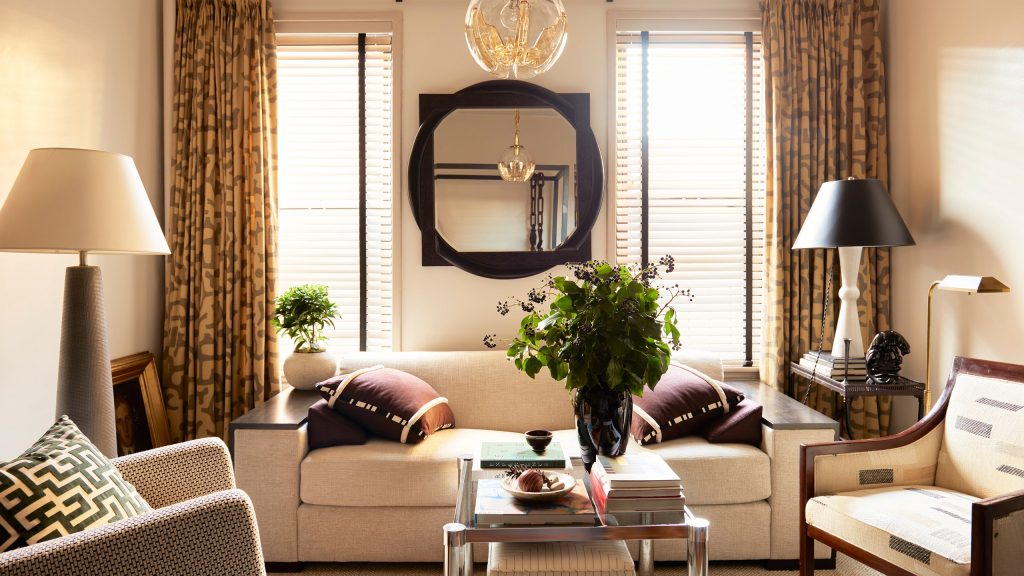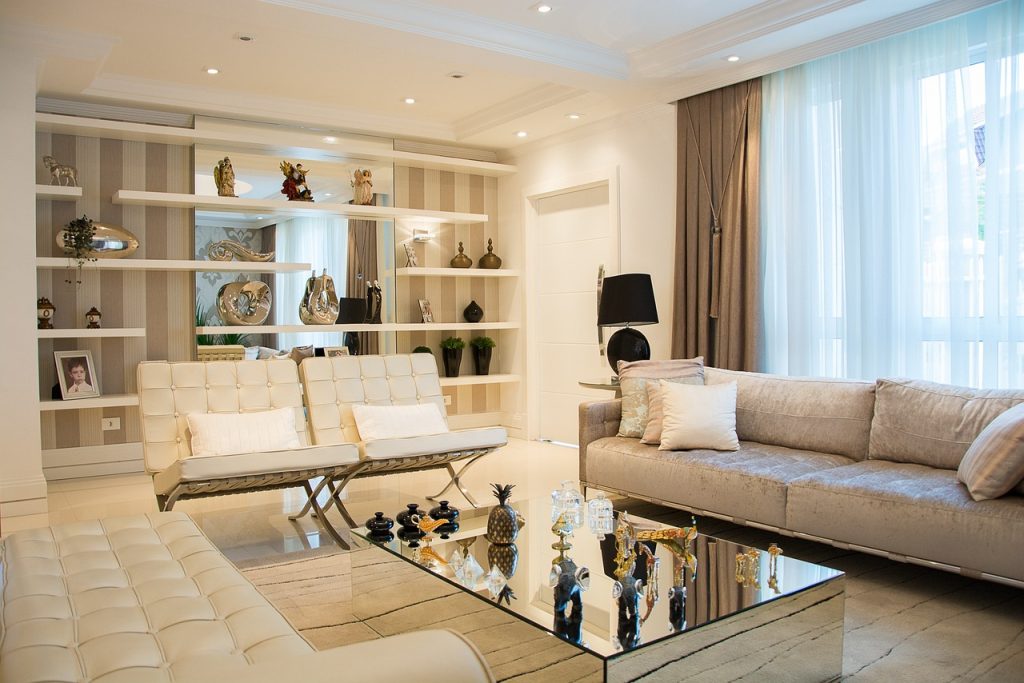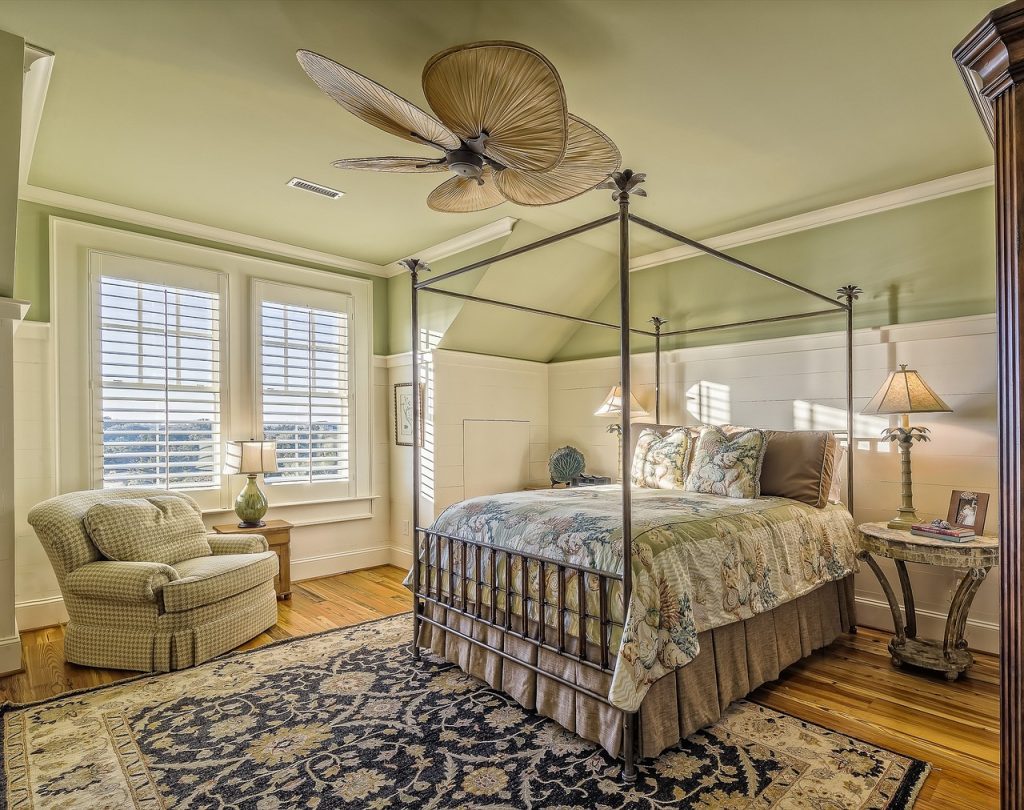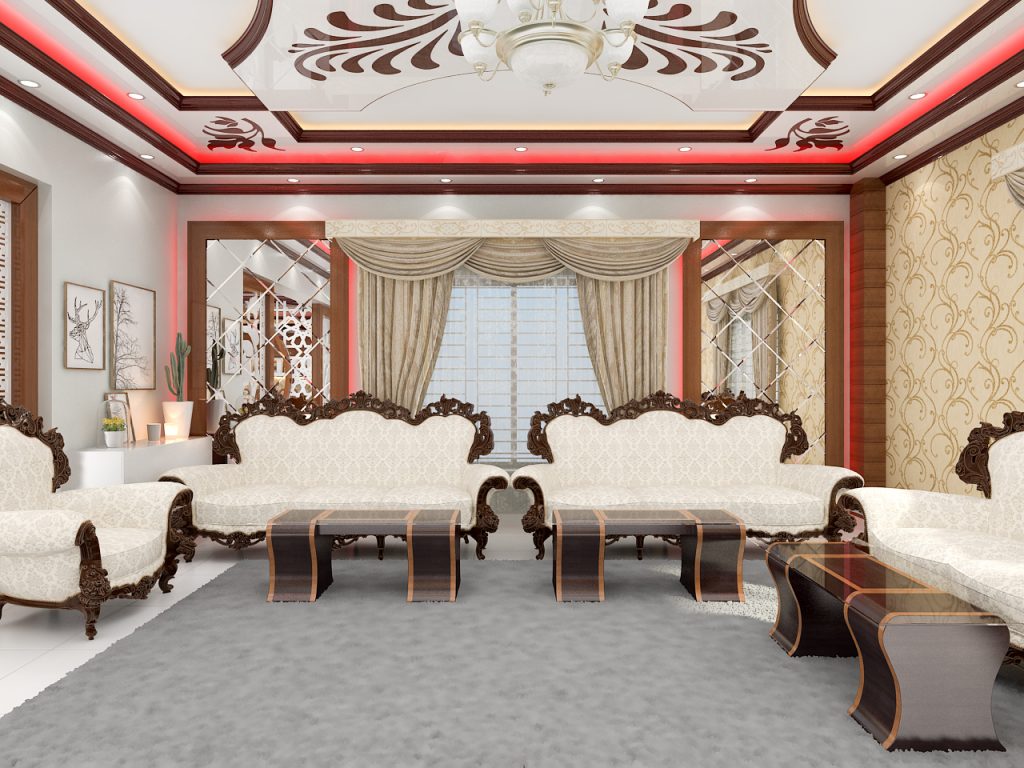Hiring an interior designer can bring expertise and creativity to transform your space. With their skills in design and project management, they can help you achieve your vision and create a functional and aesthetically pleasing environment.
Whether you need assistance with a single room or an entire home, hiring an interior designer can save you time, money, and stress while ensuring the final result reflects your personal style and meets your needs. Collaborating with a professional can help you avoid costly mistakes, access industry resources, and maximize the potential of your space.
By working closely with you, an interior designer can deliver a cohesive and customized design that enhances your lifestyle and brings your vision to life.
Benefits Of Hiring An Interior Designer
Save Time, Money, and Stress: Hiring an interior designer can significantly save you time, money, and stress. With their expertise and professional guidance, you can avoid costly mistakes and ensure that your design project stays within budget. They have the knowledge and experience to streamline the process and make efficient decisions, saving you from the hassle of researching and making time-consuming choices.
Access to Trade Resources and Materials: Interior designers have access to a wide range of trade resources and materials that are not available to the general public. They have established relationships with suppliers and can source high-quality products and materials at discounted prices. This not only helps you get the best value for your money but also ensures that your space is furnished with unique and exclusive items.
:max_bytes(150000):strip_icc()/transforming-furniture-for-small-spaces-4058276-0490f69ad6114680920b7545b42abb92.jpg)
Credit: www.thespruce.com
Evaluating Your Design Goals And Budget
When hiring an interior designer, it is important to start by evaluating your design goals and budget. Identifying your style and preferences will help the designer understand your vision for the space. Consider whether you prefer a modern, traditional, or eclectic style, and communicate this to the designer. Assessing your design needs and priorities is also crucial. Determine which rooms need the most attention and what specific design challenges you are facing. This will help the designer create a tailored plan for your space. Finally, establishing a realistic budget is key. Determine how much you are willing to invest in the project and communicate this to the designer. This will ensure that the designer can work within your financial constraints while still achieving your desired results.
Researching And Selecting The Perfect Interior Designer
Researching and selecting the perfect interior designer involves defining your search criteria and objectives. Identify your style preferences and design goals to ensure you find a designer who aligns with your vision. Utilize online resources and portfolios to explore different designers’ work and gain insight into their expertise and aesthetic. Look for designers who specialize in your particular type of project, whether it’s residential or commercial. Consider their previous experience and track record, paying attention to client testimonials and reviews. Once you have shortlisted a few designers, it’s time to conduct interviews and review their portfolios in more detail. Prepare a list of questions to better understand their design process, services offered, and pricing structure. Observe how effectively they communicate and listen to your ideas. Make sure you feel comfortable and confident in their abilities. Ultimately, hiring the perfect interior designer is a vital step towards achieving your desired design outcome.
Collaborating With Your Interior Designer
When collaborating with an interior designer, it’s crucial to express your vision and expectations clearly. Be prepared to share your ideas, preferences, and goals for the project. Clearly communicate your desired aesthetic, color palette, and style preferences to ensure that the designer understands your vision. Provide inspiration images, samples, or a mood board to help convey your concept.
Actively participating in the design process allows you to have a sense of ownership and ensures that your unique style is reflected in the final result. Engage in discussions about design options, materials, and finishes. Offer constructive feedback and suggestions to guide the designer in refining the plans. Collaboration will help create a space that truly represents your taste and personality.
To ensure a successful partnership with your interior designer, it is essential to establish open and effective communication. Clearly articulate your needs, budget, and timeline expectations to avoid any misunderstandings. Regularly check in with the designer to discuss progress, address concerns, or request updates. Encourage a dialogue that fosters trust and transparency throughout the project.
The Design Process Unveiled
Hiring an interior designer can be an exciting and transformative experience for any homeowner. The design process typically begins with an initial consultation and project assessment. During this phase, the designer meets with the client to gather information about their style preferences, budget, and vision for the space. This crucial step sets the foundation for the rest of the project.
Once the initial consultation is complete, the designer moves onto concept development and design planning. This is where creativity and expertise come together. The designer will create mood boards, sketches, and 3D renderings to help the client visualize the potential of the space. They will also take into consideration any structural limitations or architectural details.
After the concept has been finalized, the designer moves onto material and furniture selection. This phase involves sourcing and procuring the necessary elements to bring the design vision to life. The designer will often collaborate with various vendors, ensuring that each piece fits within the overall aesthetic and budget.
Once all the pieces have been gathered, it’s time for execution and project management. The designer works closely with contractors, tradespeople, and suppliers to ensure that the design is implemented correctly and on schedule. Their attention to detail and coordination skills are vital during this phase.
Finally, the project culminates in the final reveal and client satisfaction. The designer unveils the transformed space, and the client experiences the full impact of their investment. It’s a moment of pride for both the homeowner and the designer. The key to a successful interior design project is finding a skilled professional who can guide you through each step of the process, bringing your dreams to reality.
Tips For A Successful Partnership And Transformation
Trusting your interior designer’s expertise and judgement is key to a successful partnership and transformation. A skilled designer will have knowledge of the latest design trends, materials, and space planning techniques. By trusting their expertise, you can be confident in their ability to create a functional and aesthetically pleasing space that aligns with your vision.
Staying open-minded and willing to compromise is also important. Your designer may present ideas that you hadn’t considered initially, but that can greatly enhance the overall design. Being open to these suggestions and willing to compromise when necessary will allow for a more collaborative and successful design process.
Additionally, providing timely feedback and communication is crucial throughout the project. Your designer will rely on your input to ensure that the design meets your expectations. Responding promptly to design proposals, material selections, and any other requests for feedback will help keep the project on track and avoid unnecessary delays.
Frequently Asked Questions For Hiring An Interior Designer
Is It Worth Using An Interior Designer?
Using an interior designer is definitely worth it. They have the expertise to transform your space, creating functional and beautiful designs. They’ll save you time and stress by handling everything from planning to sourcing and managing contractors. Plus, their trained eye will ensure a stunning result.
What Is The Average Budget For An Interior Designer?
The average budget for an interior designer varies depending on factors such as project size and complexity. On average, interior design services can range from $2,000 to $12,000 or more. It is important to consult with a designer to get an accurate quote for your specific needs.
How Do You Estimate The Cost Of An Interior Designer?
To estimate the cost of an interior designer, consider factors like project size, complexity, and location. Prices can range from $500 to $5,000 per room. Many designers also offer hourly rates, typically ranging from $50 to $200. Contacting multiple designers for quotes can help you determine the best price for your project.
Why Hiring An Interior Designer Is Worth It?
Hiring an interior designer is worth it because they have expertise in creating functional and stylish spaces. They save time by handling all the details and ensuring a cohesive design. They also have access to resources and discounts that homeowners may not have.
Overall, hiring an interior designer helps achieve a beautiful and personalized home.
Conclusion
To sum it up, hiring an interior designer should be a top consideration for anyone looking to transform their space. By leveraging their expertise, creativity, and professional network, interior designers bring a unique perspective and thoughtful approach to every project.
From concept to execution, they ensure a seamless and visually appealing result that reflects your style and enhances functionality. So, whether it’s a residential or commercial space, investing in an interior designer is a smart choice to create a beautiful and functional environment.



